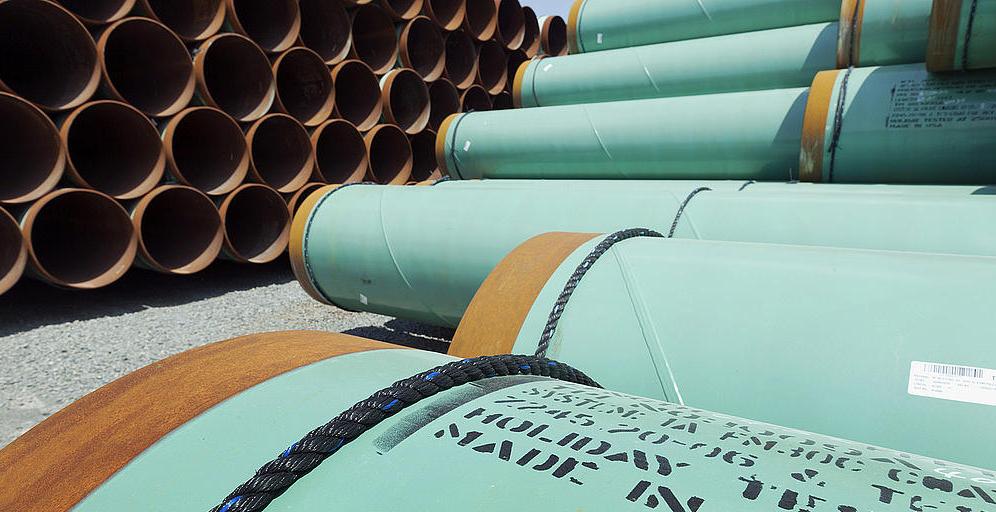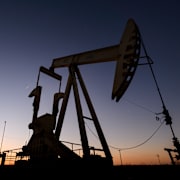
Prognos: USA står för stor del av världens oljetillväxt
USA kommer att stå för 80 procent av ökningen av världens oljeproduktion under de närmaste tio åren. Den bedömningen gör Internationella energiorganet IEA, rapporterar Reuters. Om tio år kommer USA också att producera 30 procent mer naturgas än Ryssland, enligt organisationens prognos.
– Detta får konsekvenser för oljemarknaderna, priserna, handelsflödena, investeringstrenderna och energipolitiken, säger IEA-chefen Fatih Birol vid FN:s pågående klimatkonferens i Bonn, enligt nyhetsbyrån.
Läs också
bakgrund
USA:s oljeindustri
Wikipedia (en)
Petroleum in the United States has been a major industry since shortly after the oil discovery in the Oil Creek area of Titusville, Pennsylvania in 1859. The petroleum industry includes exploration for, production, processing (refining), transportation, and marketing of natural gas and petroleum products. As of 2008, the U.S. was the world's third-largest oil producer (after Saudi Arabia and Russia), producing 8.5 million barrels of oil and natural gas liquids per day. The leading oil-producing area in the United States in 2014 was Texas (3.17 million barrels (504,000 m3) per day), followed by the federal zone of the Gulf of Mexico (1.40 million barrels (223,000 m3) per day), followed by North Dakota (1.09 million barrels (173,000 m3) per day) and California (0.50 million barrels (79,000 m3) per day).
In 2015, US production of crude oil rose to 9.48 million barrels per day, the highest annual rate since 1972, and an increase of 90% from the 2008 production of 5.00 million barrels per day. On a monthly basis, however, US production peaked in April 2015 at 9.63 million barrels per day, then declined due to lower oil prices to 8.74 million barrels per day in August 2016. US Natural gas production achieved new record highs for each year from 2011 through 2014.
Marketed natural gas production in 2014 was 74.7 billion cubic feet per day, a 44% increase over the rate of 51.9 billion cubic feet per day in 2005. Over the same time period, production of natural gas liquids increased 70%, from 1.74 million barrels per day in 2005 to 2.96 million barrels per day in 2014. In April 2015, natural gas was produced at the rate of 79.4 billion cubic feet per day.
In 2014, petroleum and natural gas were the two largest sources of energy in the U.S., together providing 63 percent of the energy consumed (oil provided 35 percent and gas 28 percent). In 2008 the United States consumed 19.5 million barrels (3,100,000 m3) per day of petroleum products, of which 46 percent was gasoline, 20 percent diesel fuel and heating oil, and 10 percent liquefied petroleum gas. In 2015, the U.S. imported 24% of the petroleum it used, the lowest since 1970. The largest sources of U.S. imported oil were: Canada (40%), Saudi Arabia (11%), Venezuela (9%), Mexico (8%), and Colombia (4%).
According to the American Petroleum Institute, the oil and natural gas industry supports nine million U.S. jobs and makes up seven percent of the nation's gross domestic product.
Omni är politiskt obundna och oberoende. Vi strävar efter att ge fler perspektiv på nyheterna. Har du frågor eller synpunkter kring vår rapportering? Kontakta redaktionen



